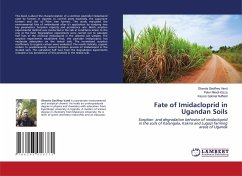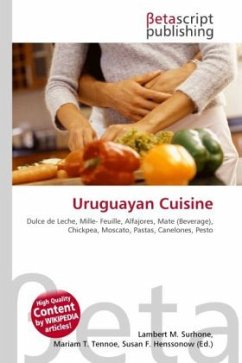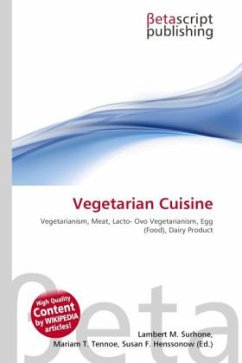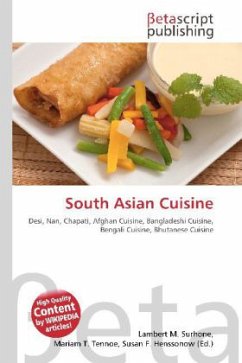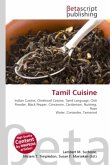Please note that the content of this book primarily consists of articles available from Wikipedia or other free sources online. Ugandan cuisine consists of traditional cooking with English, Arab and Asian (especially Indian) influences. Like the cuisines of most countries, it varies in complexity, from the most basic, a starchy filler with a sauce of beans or meat, to several-course meals served in upper-class homes and high-end restaurants. Main dishes are usually centered on a sauce or stew of groundnuts, beans or meat. The starch traditionally comes from ugali (maize meal) or matoke (boiled and mashed green banana), in the South, or an ugali made from millet in the North. Cassava, yam and African sweet potato are also eaten; the more affluent include white (often called "Irish") potato and rice in their diets. Soybean was promoted as a healthy food staple in the 1970s and this is also used, especially for breakfast. Chapati, an Asian flatbread, is also part of Ugandan cuisine.
Bitte wählen Sie Ihr Anliegen aus.
Rechnungen
Retourenschein anfordern
Bestellstatus
Storno


